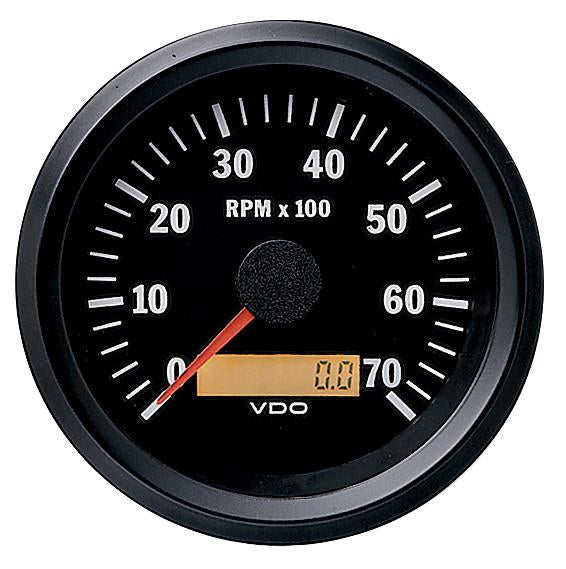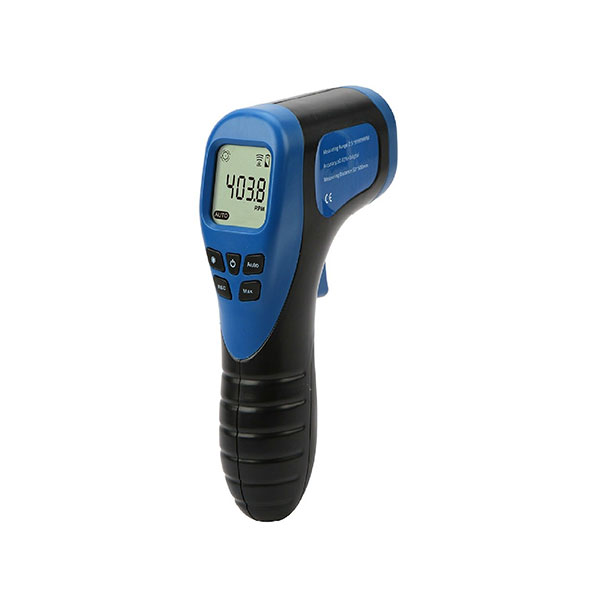Expert Tips for Maintaining and Calibrating Your Tachometer
Expert Tips for Maintaining and Calibrating Your Tachometer
Blog Article
The Relevance of a Tachometer in Keeping An Eye On Engine Rate and Efficiency in Automotive Applications
In the realm of automotive design, the tachometer stands as a critical tool in the vehicle driver's collection, supplying a straight window right into the internal operations of a car's engine. Past its feature as a mere gauge of changes per minute (RPM), the tachometer serves as a crucial device for lovers and experts alike, using real-time understandings right into engine efficiency and health. Recognizing the significance of this device surpasses surface-level observations, diving right into the complex relationship between engine speed, power result, and general driving experience. As we explore the diverse function of the tachometer in auto applications, a much deeper recognition for its effect on automobile dynamics and efficiency starts to emerge.
Significance of Checking Engine RPM
Keeping an eye on engine RPM, or transformations per min, is a critical facet of auto upkeep and performance examination. Engine RPM directly correlates with the speed at which the engine's crankshaft turns, suggesting just how swiftly the engine is running - tachometer. By keeping track of RPM, auto mechanics can analyze the health of the engine, discover prospective problems, and fine-tune performance. An irregular RPM analysis might signal troubles such as engine misfires, defective trigger plugs, or concerns with the fuel distribution system. Regularly high RPM readings can show hostile driving practices or the requirement for a higher equipment shift to boost fuel effectiveness.
Additionally, checking engine RPM is vital for efficiency evaluation in racing and high-performance automobiles. In recap, monitoring engine RPM is not only essential for detecting problems however additionally for optimizing engine performance in different vehicle applications.

Benefits of Real-Time Information
In auto applications, real-time information plays a crucial role in offering immediate insights into the efficiency and problem of the lorry. By continually monitoring various parameters such as engine speed, temperature, fuel consumption, and more, real-time data offers numerous advantages that add to boosted performance and safety and security when driving.
Additionally, real-time information helps with efficiency optimization by supplying immediate responses on driving practices and engine efficiency. Motorists can adjust their actions in real-time based on this information to attain much better fuel economic climate and prolong the life expectancy of their car.

In addition, real-time data plays an essential function in modern-day automobile diagnostics, making it possible for service technicians to promptly identify and resolve malfunctions. This brings about decreased downtime, reduced maintenance expenses, and ultimately, enhanced total car integrity and longevity (tachometer). By harnessing the power of real-time data, auto stakeholders can make informed decisions that favorably influence both the performance and long life of the vehicle
Influence On Equipment Shifts
Efficient gear changes in auto applications dramatically influence overall performance and driving experience. The tachometer plays a vital duty in optimizing gear shifts by offering real-time engine rate information to the driver. When approaching the redline on the tachometer, it indicates the motorist to upshift to avoid over-revving the engine and causing potential damages. On the other hand, downshifting at the best moment can assist preserve the engine in its power band, making sure receptive velocity when required.
In addition, the tachometer help in attaining smoother equipment shifts, especially in manual transmissions. By keeping track try this of engine go to these guys speed, drivers can implement equipment shifts at the optimal RPM range, lowering snagging movements and reducing endure the transmission parts. This precision on duty changes not only boosts driving convenience but also adds to sustain performance.
Enhancing Fuel Performance
Provided the important role the tachometer plays in optimizing equipment shifts for efficiency and engine health and wellness, it directly adds to making best use of gas efficiency in auto applications. By giving real-time comments on engine rate, the tachometer helps chauffeurs in keeping the most reliable RPM variety for gas economic climate. When drivers constantly keep track of the tachometer and readjust their driving behaviors accordingly, they can stay clear of unnecessary gas consumption brought on by over-revving or hauling the engine.
Furthermore, the tachometer helps chauffeurs determine the most fuel-efficient equipment to be in at any kind of provided minute, stopping read here the engine from functioning tougher than essential. In conclusion, the tachometer offers as a valuable tool in enhancing gas performance by advertising optimum driving behaviors and recognizing locations for enhancement in the automobile's efficiency.

Taking Full Advantage Of Engine Durability
The tachometer's function in keeping track of engine speed and performance contributes in making certain the long life of vehicle engines. By using the tachometer efficiently, drivers can maximize engine long life with mindful RPM monitoring. Constantly revving an engine expensive can lead to too much damage on crucial elements, such as the pistons, valves, and bearings. Over time, this can result in lowered engine efficiency and potential malfunctions. Monitoring the tachometer allows motorists to remain within the recommended RPM range for their lorry, stopping unnecessary pressure on the engine and prolonging its life-span.

Conclusion
Finally, the tachometer plays a critical function in monitoring engine rate and performance in vehicle applications. By offering real-time information on RPM, it enables reliable gear changes, enhanced gas efficiency, and taken full advantage of engine longevity. This device is important for keeping ideal engine efficiency and guaranteeing the general functionality of an automobile.
Report this page